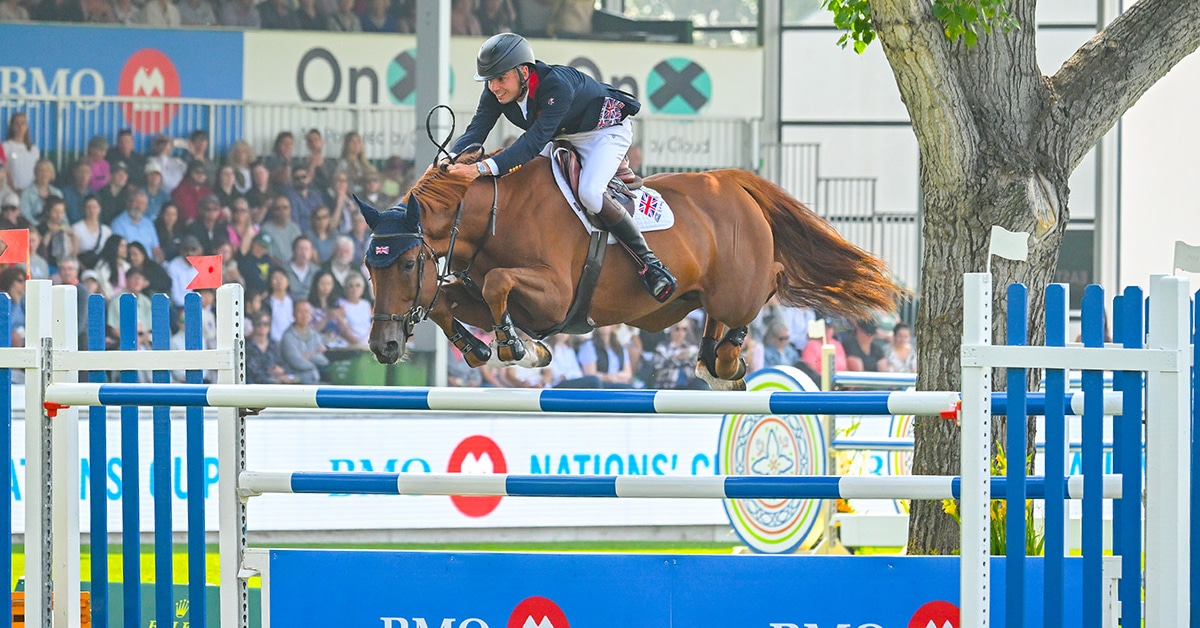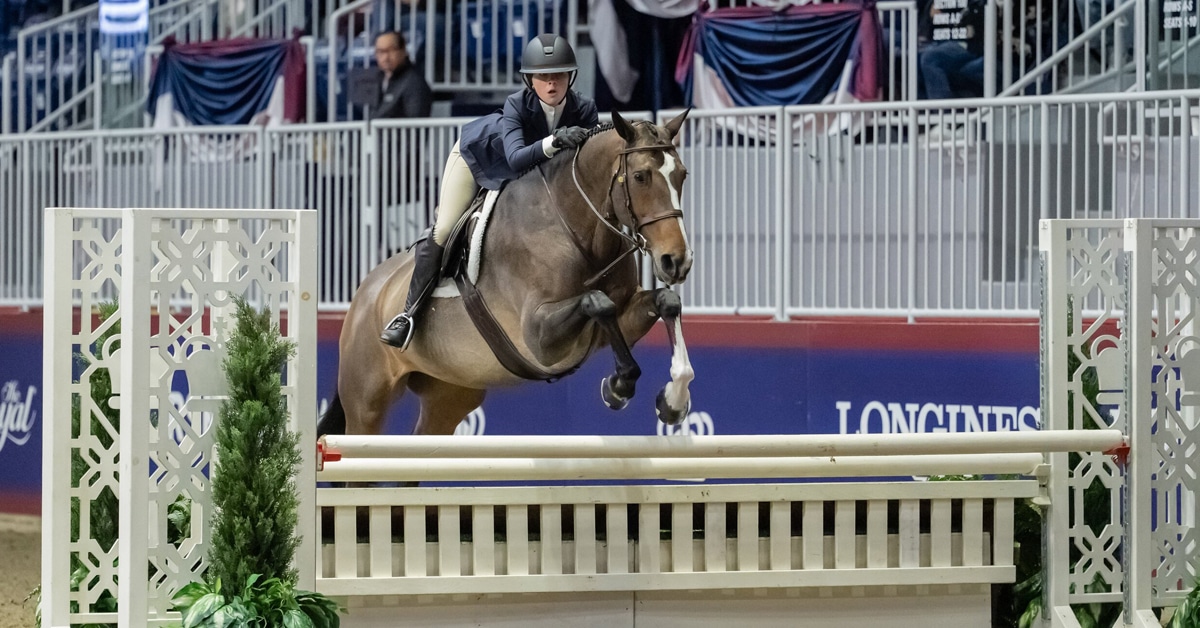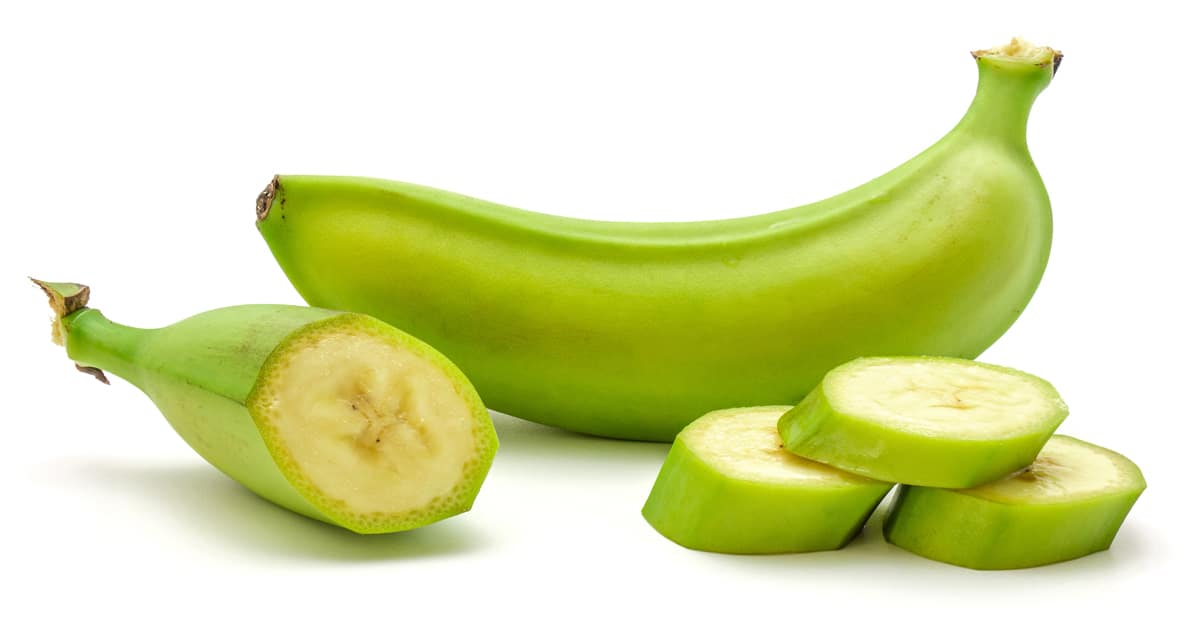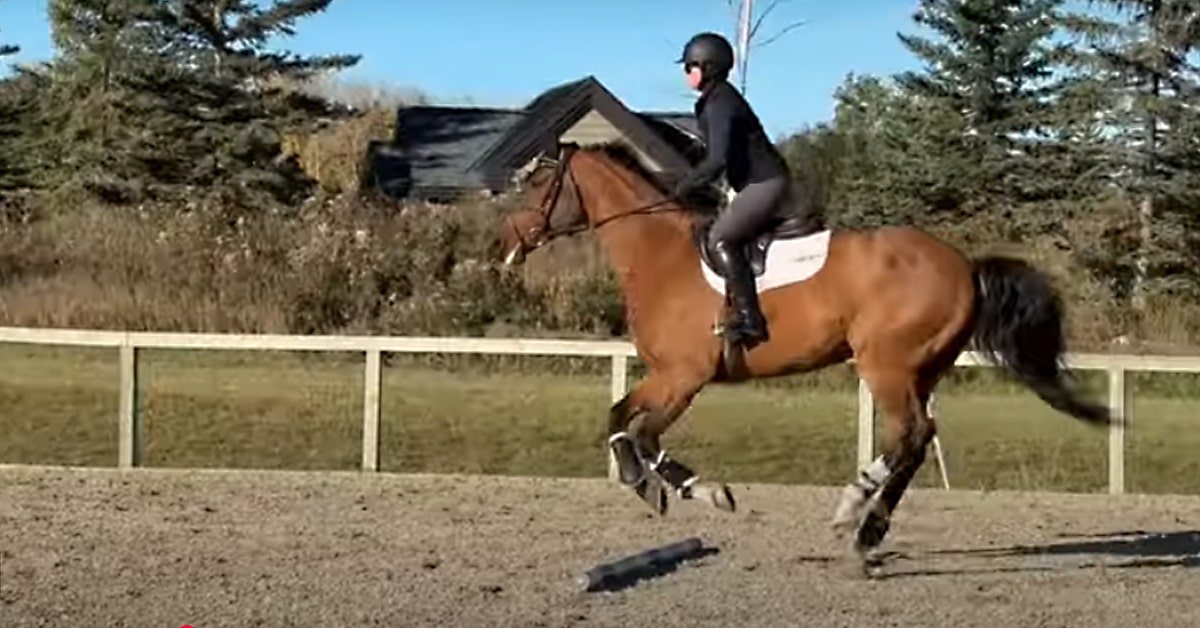A healthy set of teeth, and dental care, plays a huge role in a horse’s overall health and well-being. A horse that is in pain because of dental issues will not be able to perform to its full potential.
Ideally designed for near-continuous grazing, horses’ teeth are long – around 10 centimeters – and continue to erupt through the gums a few millimeters a year to accommodate for a lifetime of tearing and chewing rough fibrous plant material. Twelve incisors at the front of the mouth nip at food and 24 molars grind it up.
Over centuries, humans have altered the horse’s traditional diet and eating habits. We offer soft hay and processed feed, which are chewed in a different manner than pasture grasses. We have reduced pasture time and asked horses to live in stables. The horse simply isn’t eating the same way, or even the same food, as his ancestors. The upshot is often tooth-related health, behaviour, and performance issues.
Behaviour Signs That Indicate Your Horse Has Dental Issues
Horses can be quite stoic and won’t necessarily exhibit signs of oral discomfort until a situation is quite serious. But some visual clues can indicate a problem:
- quidding (spitting out wads of partially-chewed food)
- increased salivation, slobbering
- blood in the saliva
- foul odour from the mouth or nose
- facial swelling
- head tilting
- eating slowly
- large pieces of undigested food in manure
- dunking hay in water
Or perhaps your horse isn’t working up to par and is always:
- fussing with the bit
- tossing or tilting his head
- opening his mouth
- resisting the aids
- uncomfortable bending or collecting
- refusing to take a particular lead
- bucking/rearing
These behaviours may signal something is awry in the mouth. Mouth pain creates jaw tension which in turn can produce neck and back issues, lameness, and a general unwillingness to work. Problems under saddle are further exacerbated as the horse concentrates on the pain instead of the rider’s aids.
Crucial Checkups
The above signs and symptoms can indicate myriad other diseases and conditions, notes Dr. James Carmalt, professor of equine surgery at the University of Saskatchewan’s Western College of Veterinary Medicine and Canada’s only veterinarian board-certified in equine dentistry by the American Veterinary Dental College. “It’s extremely important to evaluate the whole horse and not focus specifically on only the teeth,” he says, adding that regular dental exams are an important facet of routine care. He explains the goal is to improve or maintain the biomechanics of chewing, prevent disease, and preserve the teeth over the horse’s lifetime.
Carmalt recommends that the first exam take place within a foal’s first month when “developmental abnormalities can be detected and addressed. At this age, the examination is rudimentary, but important.” He then says most horses should receive a checkup at least once a year. “I might not do anything other than look,” he says. “But a lot of dental problems, if caught early, might be easier to address than if the client waits.”
A Pointed Problem
Malocclusions – poor tooth contact that results in abnormal wear patterns – are the most common problems Carmalt observes. Because a horse’s upper jaw is wider than the lower one and the grinding surface of the cheek teeth slope slightly, the corresponding upper and lower cheek teeth don’t connect – or occlude – exactly. While this provides efficient crushing of food due to an elliptical chewing action, one part of the tooth is often worn away, while the rest continue to grow. Sharp enamel points form on the outside of the upper teeth and the inside of the lower teeth, causing cheek and tongue sores and impeding chewing.
Other overgrowths include: waves, where the entire grinding surface is uneven; hooks on the upper first and lower last cheek teeth; and ramps, which are like hooks, but more gradually sloped.
Incisors, meanwhile, can be affected by jaw misalignments. For example, overbite (parrot mouth) and underbite (pig, sow mouth) will eventually lead to too-long incisors. In turn, that creates cheek teeth occlusion problems. If addressed at an early age, jaw issues can be corrected with surgery (braces are sometimes even used) or at least minimized.
Cribbing and wood chewing may also cause wear on the incisors, which typically meet on a flat plane. To correct points and overgrowths, excess tooth material is filed down or rasped in a process generally known as floating using an array of specially-designed hand and power tools.
Not Just “Waving a Float Around”
As Carmalt says, “Gone are the days of a quick hand in the mouth and waving a float around.” Oral health isn’t just about banishing points; a host of other issues could be lurking in a horse’s mouth.
Periodontal (gum) disease – Often occurs where feed or tartar accumulates. Carmalt calls the condition “very common and incredibly painful.”
Retained caps – A foal’s 24 deciduous (baby) teeth, or “caps,” begin being pushed out by permanent, adult teeth beginning around age 2½. Usually the caps just pop off, but occasionally they are retained and must be removed manually to prevent discomfort and displacement of adult teeth.
Wolf teeth – Between ages one and three, many horses sprout two to four nubby teeth in the space between the incisors and the cheek teeth. These vestigial (no longer anatomically functional) wolf teeth are positioned where the bit sits in the mouth and can trigger pain and irritation, so they’re usually removed. “Blind” wolf teeth, those that haven’t erupted through the gum, can also create bit-related discomfort and are often extracted as well.
Canine teeth – Also vestigial, these large teeth, believed to have once been used for fighting, are located near the incisors of many, but not all, male horses. They can become quite sharp, causing tongue ulcers and interfering with the bit, and are often removed.
Loose, missing, and fractured teeth – By the time a horse is in its 20s-30s, with no more tooth to surface from below the gum, teeth loosen and often fall out on their own or need to be removed. Loose or fractured teeth in younger horses usually are a result of trauma (falling, being kicked, etc.) and typically affect the incisors.
Poor Teeth: The Origin of Other Illnesses
Good teeth are integral to effective chewing and a well-functioning digestive system. Without them, a horse may be at risk for serious health conditions.
When a horse is chronically underweight, poor teeth should be an early consideration for the cause of the problem, as the body is unable to obtain the necessary nutrients required to maintain health from food that isn’t chewed properly. Carmalt recalls a seven-year-old stallion in very poor body condition whose tooth buds had been abnormally positioned. “He had feed packed between each of his cheek teeth, advanced periodontal disease, and serious pain,” explains Carmalt, who opened up the spaces, allowing the gums to heal. “The horse gained over 150 kilograms in three weeks.”
Frequent occurrences of choke (esophageal food blockage) can also be related to an inability to grind food sufficiently. Carmalt remembers a Shetland pony who experienced recurrent bouts of choke over five years. “No one had thought to look in the mouth,” he says. “There was a huge dental spike on the last cheek tooth that was poking into the roof of the mouth every time he closed his mouth. He wasn’t chewing properly because it hurt! He was trying to swallow half-chewed food and getting choke.”
Poor teeth can also be a factor in chronic colic cases. A study by Nigerian researchers published in the Journal of Veterinary Medicine in 2014 examined the correlation between dental abnormalities, routine dental care, and tendency to colic. Comparing 74 polo ponies, each with a history of colic, to 70 randomly-selected horses, the study found “dental caries [decay] and sharp enamel points are predisposing factors for colic in horses.”
Put Your Money Where Your Horse’s Mouth Is
Horse owners seeking sound dental care should find a veterinarian who performs “complete oral examinations under sedation,” recommends Carmalt (see sidebar for what that entails.) But, he warns, resolving dental problems might take time – and a lot of money.
“Equine veterinary dentists are highly trained individuals who perform advanced procedures,” he says. “It is extremely frustrating as a specialist to be confronted by a client who will not consider paying for specialist veterinary attention for their horse, and yet will spend thousands of dollars on a fancy saddle or expensive nutritional supplements – many of which have absolutely no scientific basis behind their claims.”
He also “strongly advises” his clients to obtain all-inclusive veterinary insurance for peace of mind and to allow specialists to do the best job without being hindered by cost constraints.
The last decade in particular has been “incredible,” for the field of equine dentistry, says Carmalt, citing in particular research into temporomandibular joint disease, the cellular structure of teeth, root canals, and advanced imaging techniques – all advances which will help the horse achieve optimum health, comfort, and athletic potential.
Most horses have all their adult teeth by age five.
Step-by-Step Oral Exam
Dr. Carmalt estimates about 60 per cent of his work involves diseases of the equine head.
That means, in nearly 20-plus years in practice, he’s peered into a lot of horses’ mouths. Breaking down a typical oral exam, Carmalt says he:
- Watches the horse eat.
- Administers sedation.
- Rinses the mouth.
- Examines the incisors.
- Inserts a full-mouth speculum to keep the jaws open.
- Scans the entire oral cavity, including teeth, gums, tongue, and cheeks, using a light and dental mirror (or oral endoscope).
- Palpates each tooth.
- Records abnormalities and sometimes takes X-rays before performing necessary corrective steps.
Despite the miniature horse’s small stature, their wee mouths are crammed with the same size and number of teeth as their larger counterparts.
The Latest









